Pepper
Pepper, commonly called “King of spices”, has dominated the international spice market for ages. Despite the fact that most pepper originated from South of India, a variety of wild pepper is native to Sri Lanka (formerly Ceylon). Pepper comes from an evergreen climbing tree called Piper nigrum. The woody shrub belongs to the family piperaceae.
Supported by a network of aerial roots, the Pepper shrub grows to a height of about 10m. However, a height of 4m is maintained by pruning. Flowers produced are densely spiked. Peppercorns are also produced from fruits that resemble berries. These contain single seeds.
Ceylon pepper is important in the world spice market due to its high piperine content, strong aroma and rich flavour. Pepper has two varieties named ‘white pepper’ and ‘black pepper’.
Black Pepper
Black pepper is produced by sun drying ripe peppercorns.
White Pepper
This type of pepper is produced by the removal of the outer covering membrane. This can be done before or after the process of drying in order to obtain the inner seed.
Growing Areas
The cultivation of pepper in Sri Lanka covers an area of about 32,000 hectares. Wet zones in the mid and low country form the majority growing areas.
Soils
Pepper thrives well in loamy soils that are well drained. These soils should contain organic matter .Clay soils interfere with root development as well as the process of moisture absorption. Moreover, water-logged soils are more vulnerable to diseases.
To enhance soil fertility, manure should be applied.
Climate
In terms of altitude, an elevation from sea level to a height of about 1,200m above sea level is preferred. Annual average rainfall should not be below 1,750mm. Irrigation can be applied to areas prone to drought. Abundant rainfall brings about flowering during the season of flowering.
The crop is able to tolerate 100-400ºC annual temperature. Cultivation should be practiced in the humid tropics with little variation in temperature for maximum yields.
Varieties
In Sri Lanka, there are several local varieties of pepper that produce high yields. These varieties have high resistance to diseases, bearing habits, and high pungency.
Commercial varieties of pepper such as Kuching from Malaysia and Panniyur from India recently introduced to Sri Lanka have also proved to be of great benefit to farmers.
Planting
Stem cuttings are usually used in planting. Trees from which these cuttings are obtained should be resistant to diseases, healthy, and productive. Moreover, the berries produced should be bold. In the nurseries, cuttings should be planted in polythene bags containing manure.
Harvesting
The harvesting of pepper in Sri Lanka is done during the Yala and Maha rains. This is contrary to what is practiced in other countries. White pepper and black pepper are the commercial products that are prepared and graded.
Uses and Health Benefits
Due to its strong aroma and taste, pepper is mainly used for flavoring food. Additionally, it is used in manufacturing perfumes. Pepper also has numerous health benefits. Widely known and medically proven health benefits include: weight loss, control of cholesterol in the body, treatment of arthritis, prevention of breast cancer, curing of heart diseases, and protection of the skin from infections.


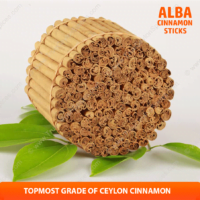
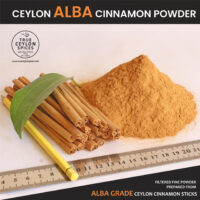
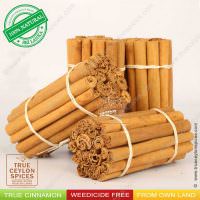
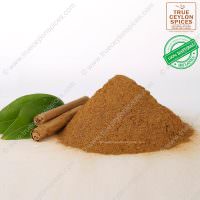
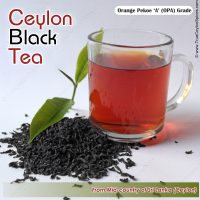
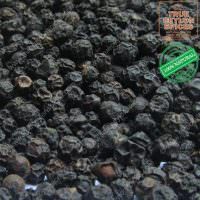
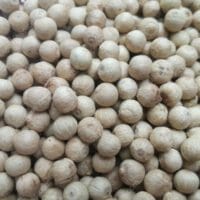
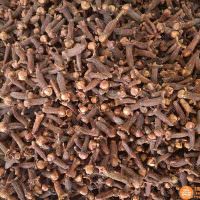
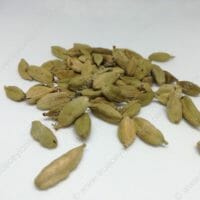
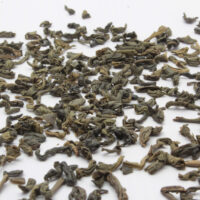
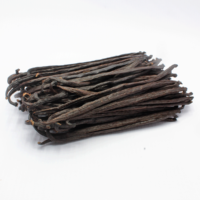
Hi, I need to get some Cinnamon powder. How can i buy please?
Please select the country as Sri Lanka on order page. We will use a internal courier service to deliver the order.